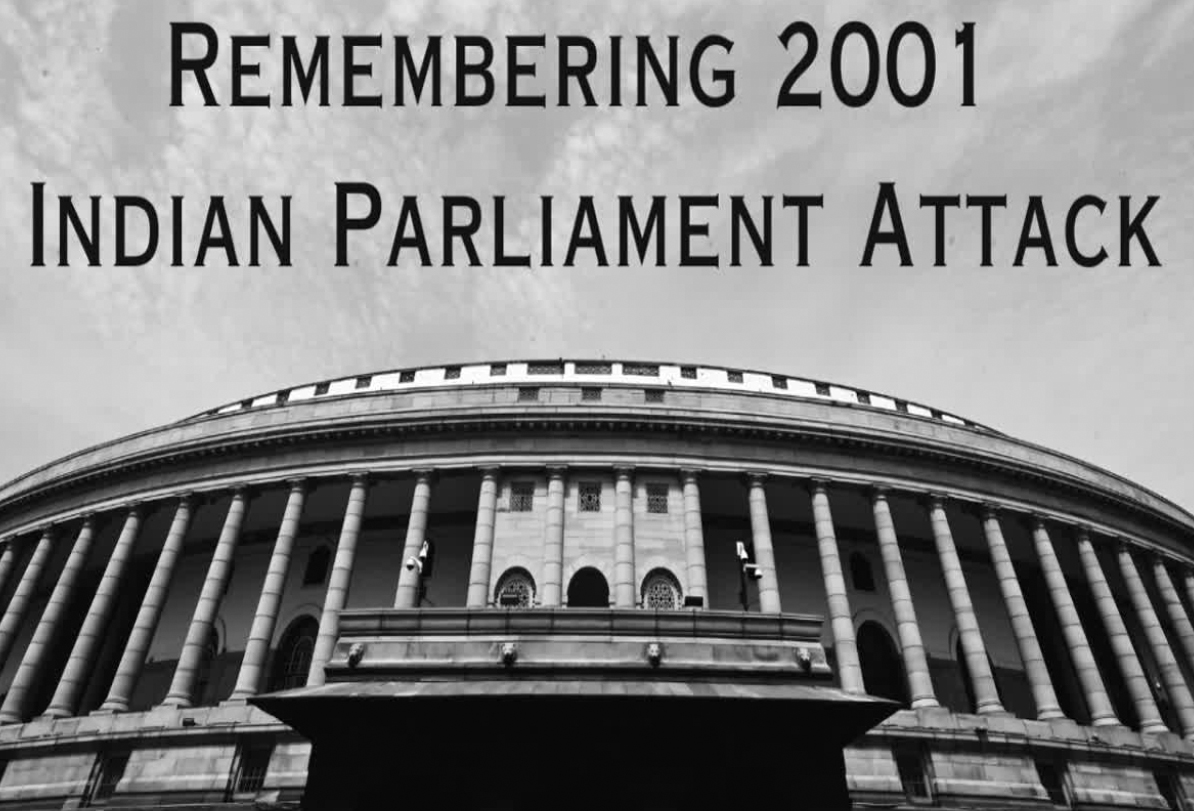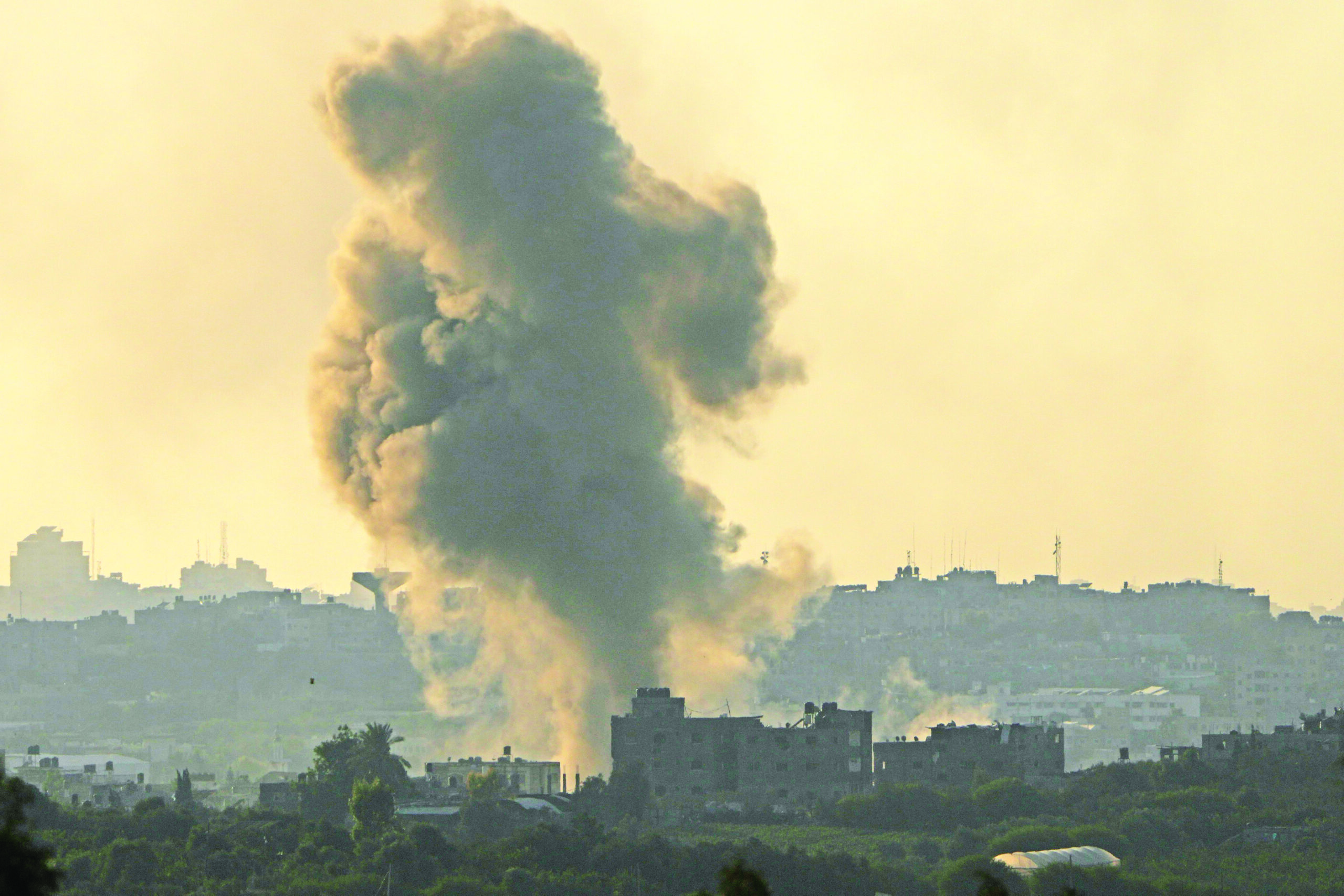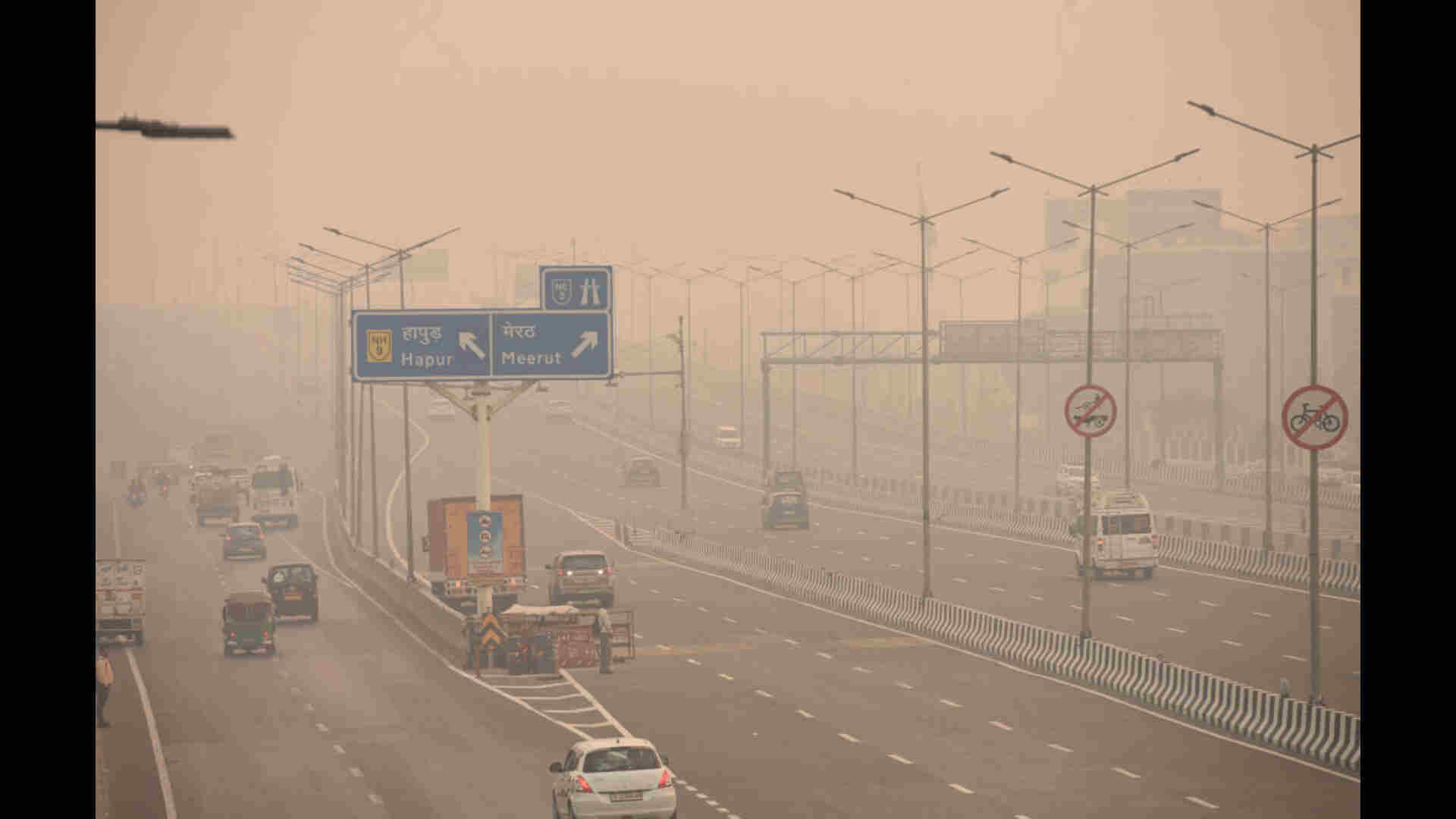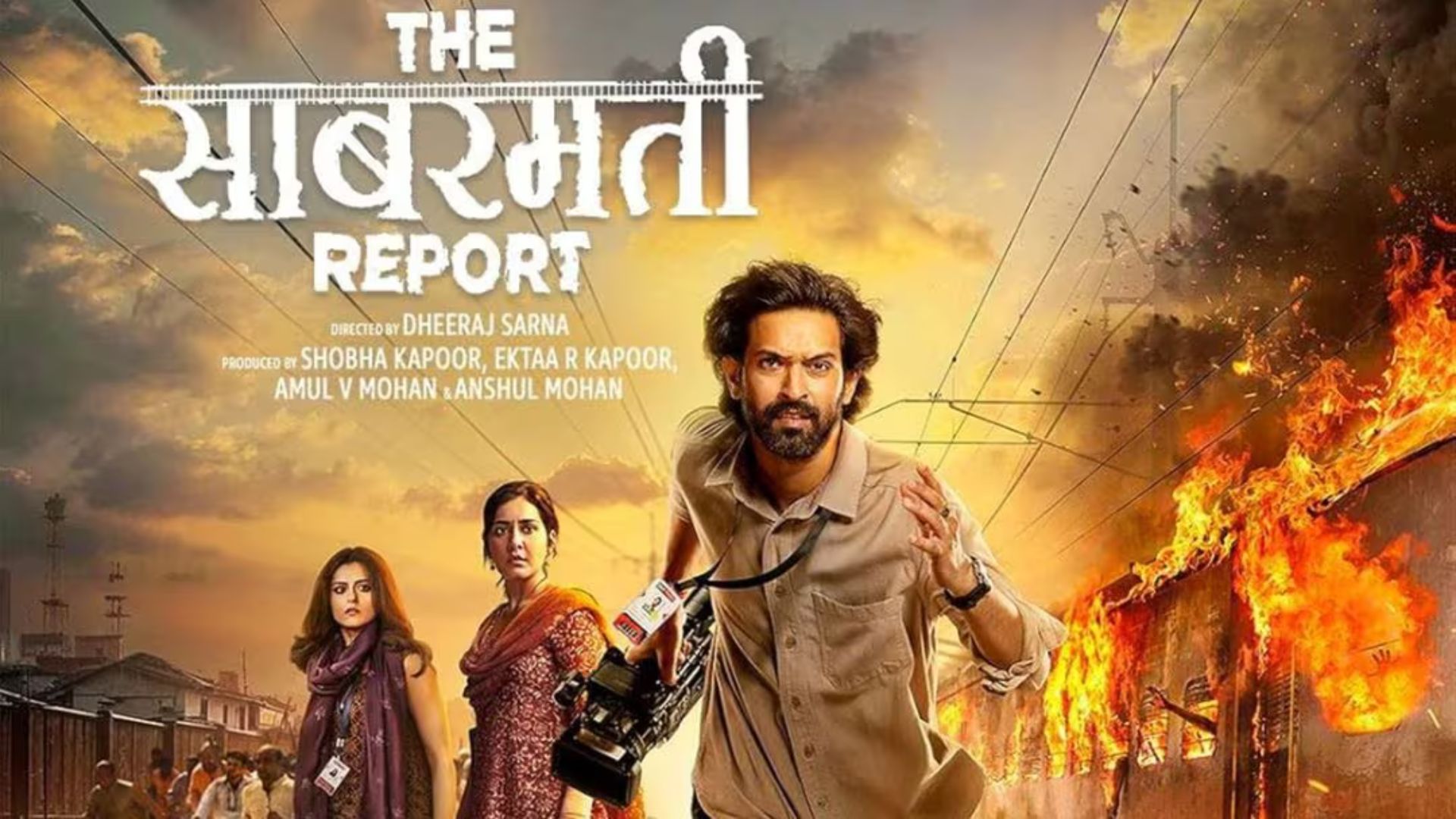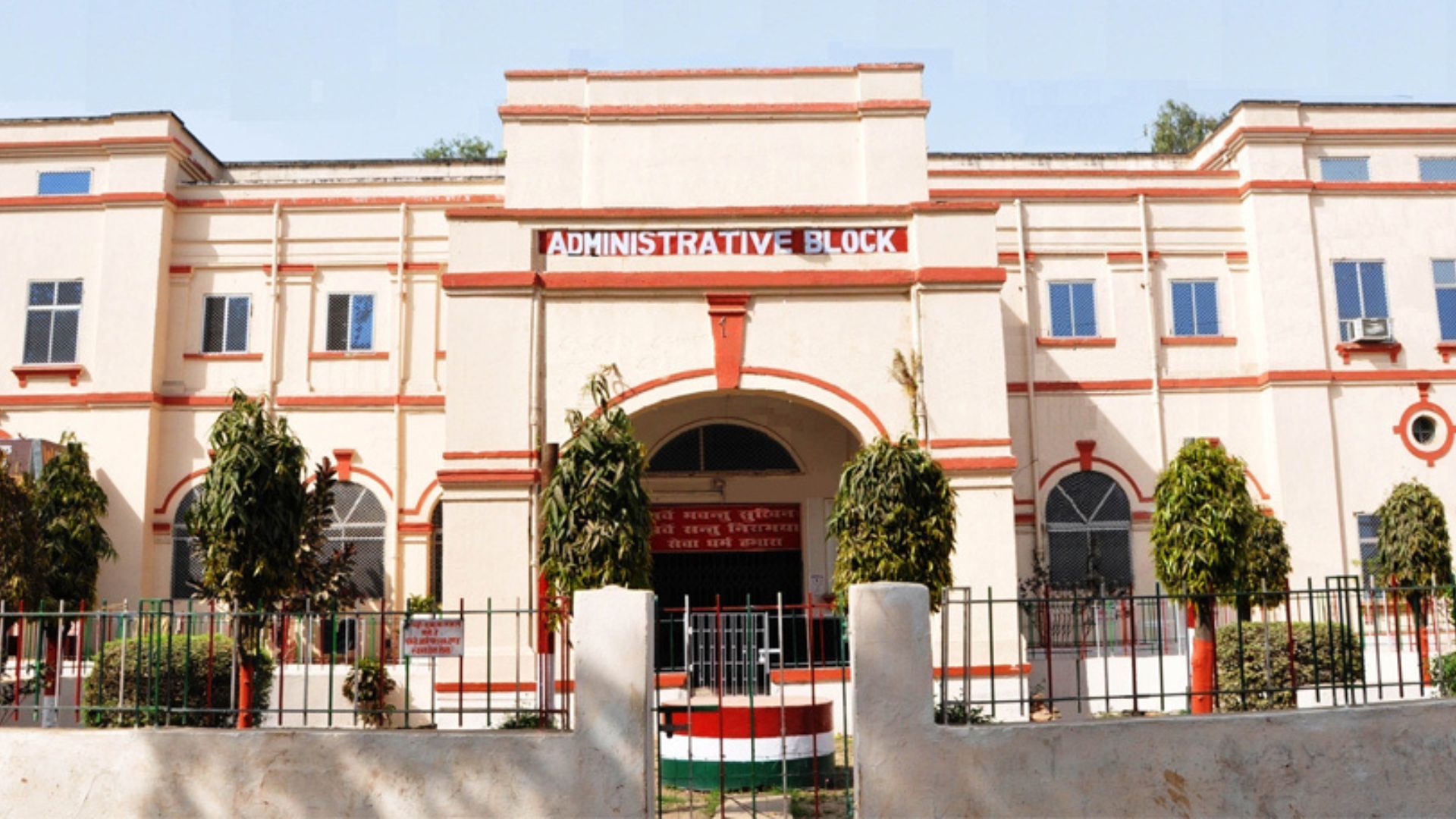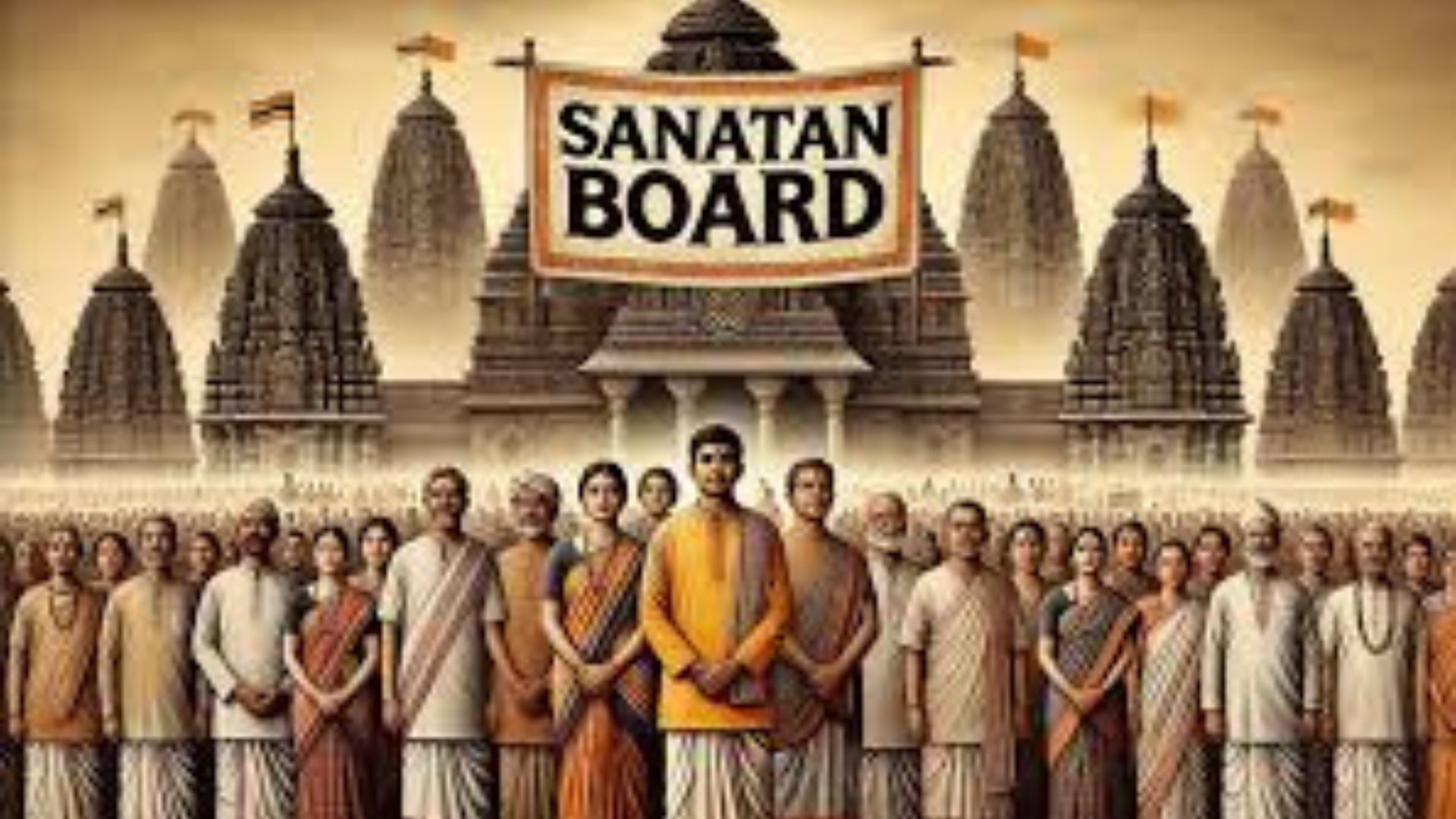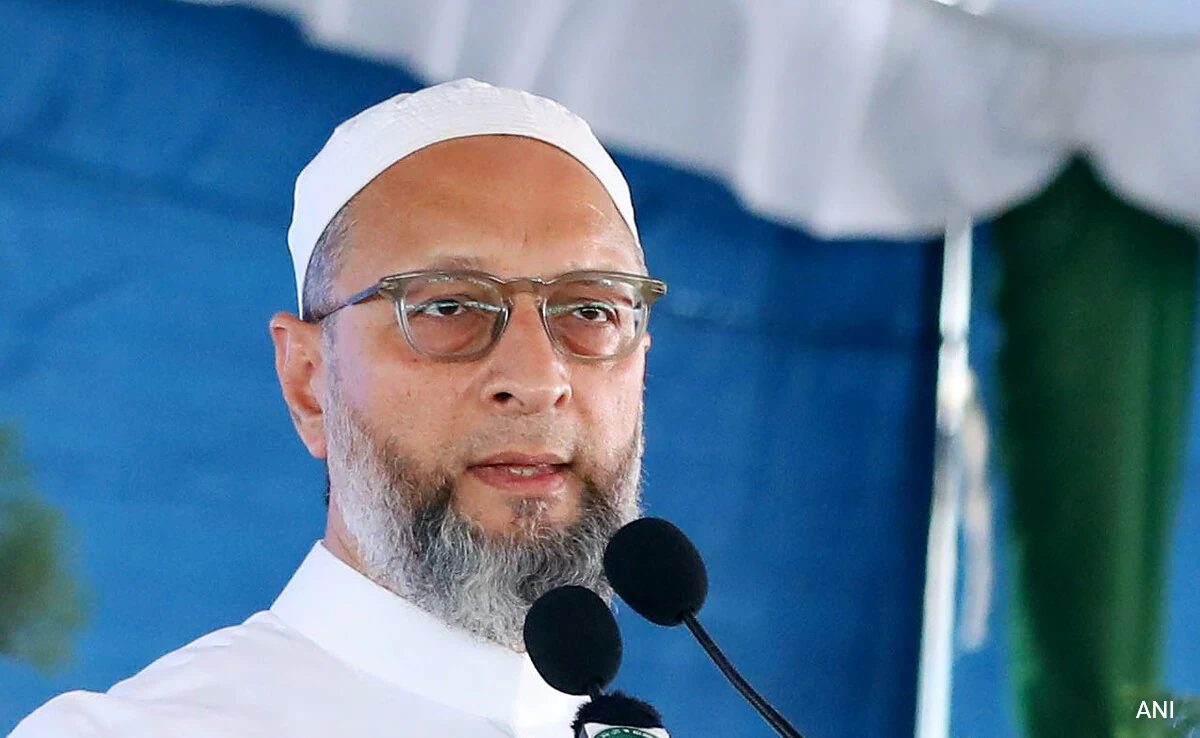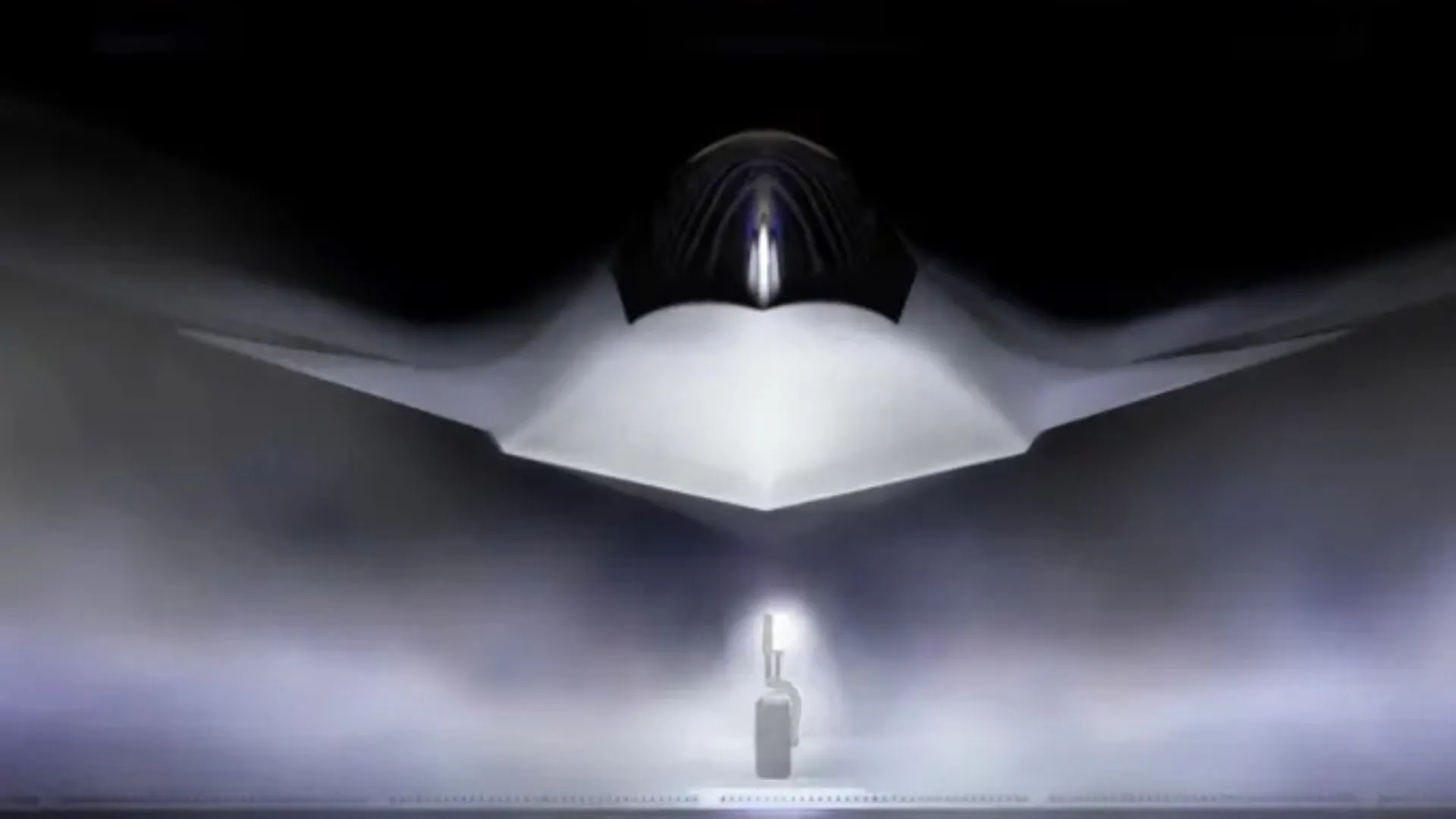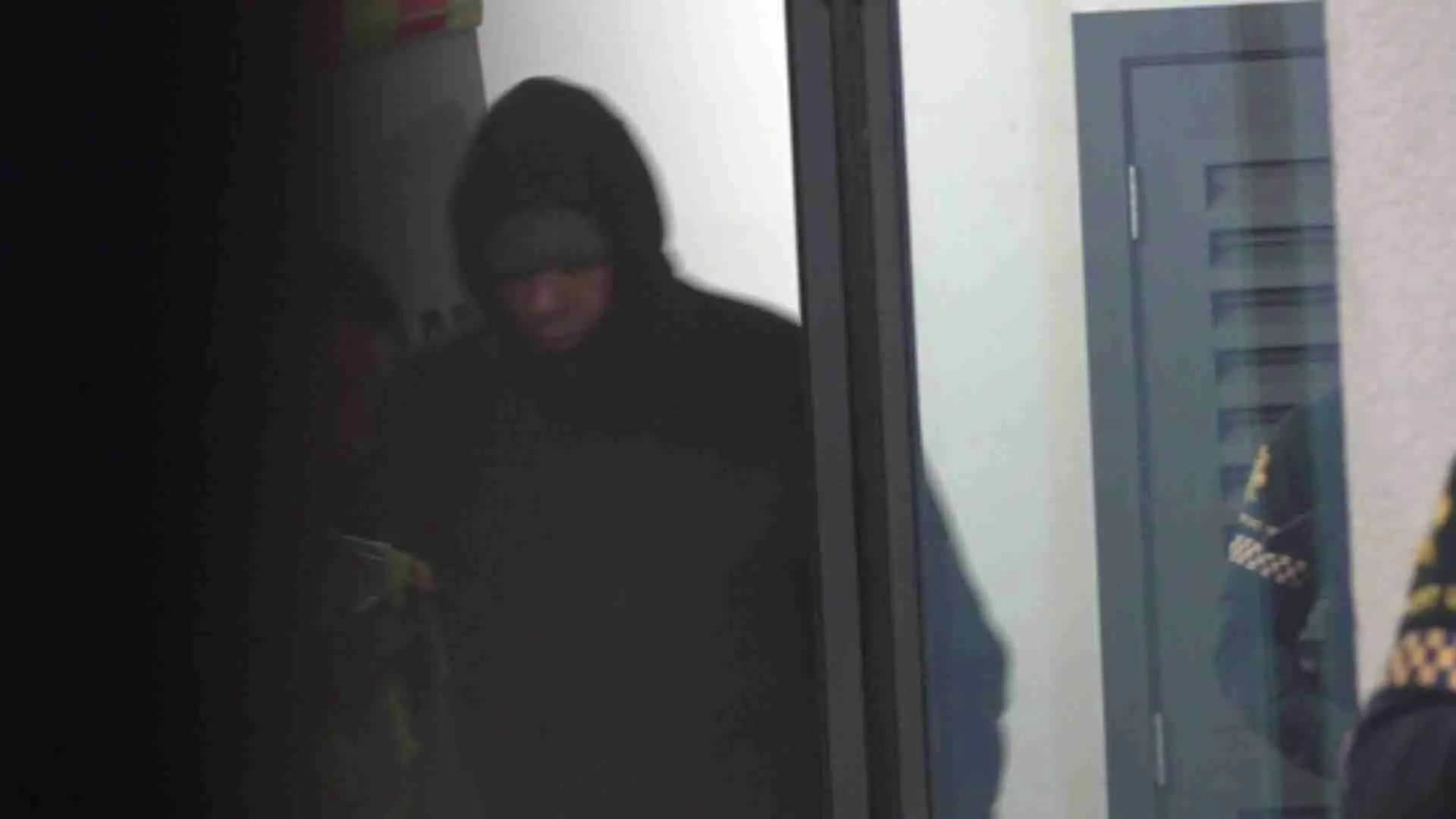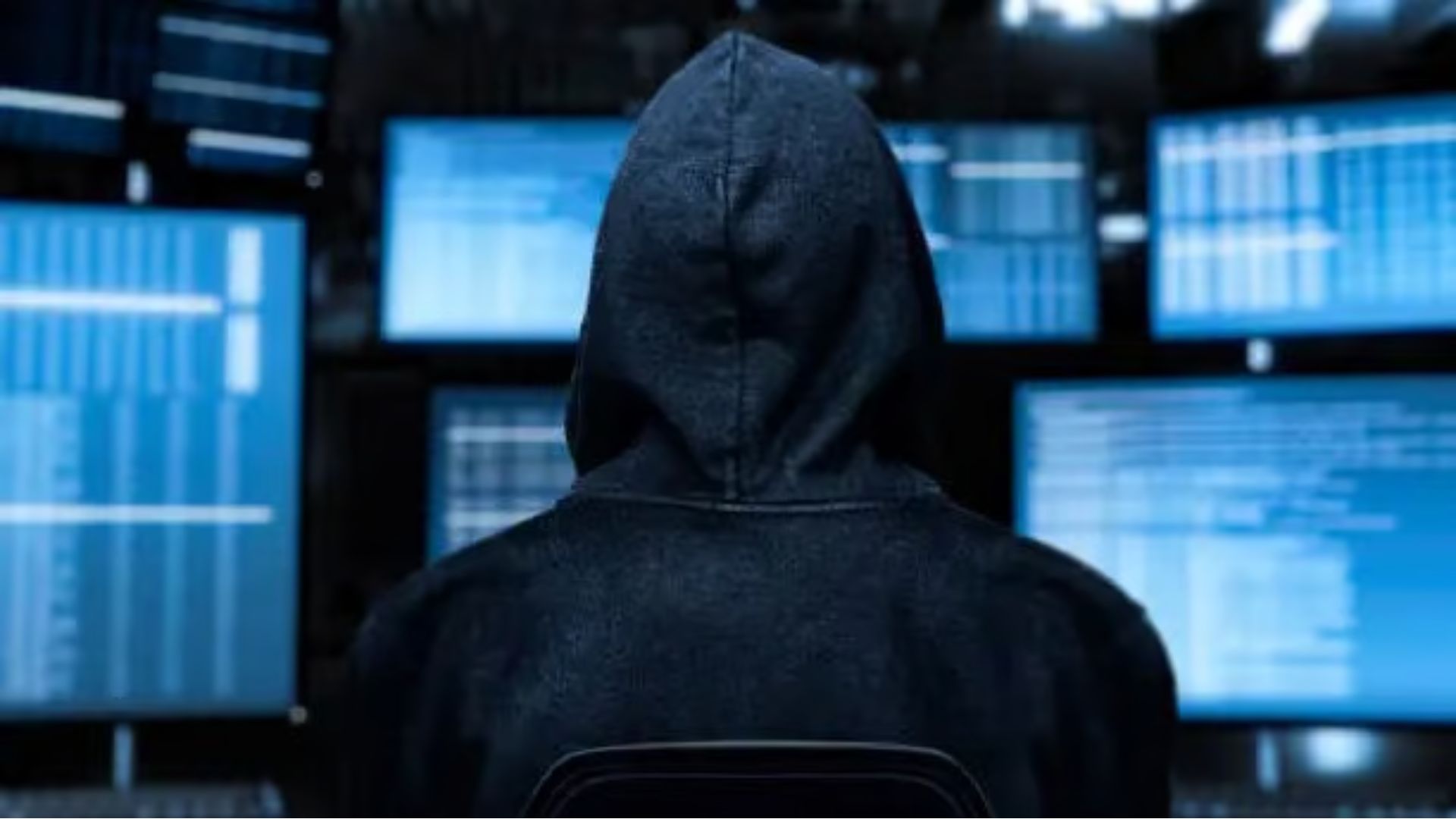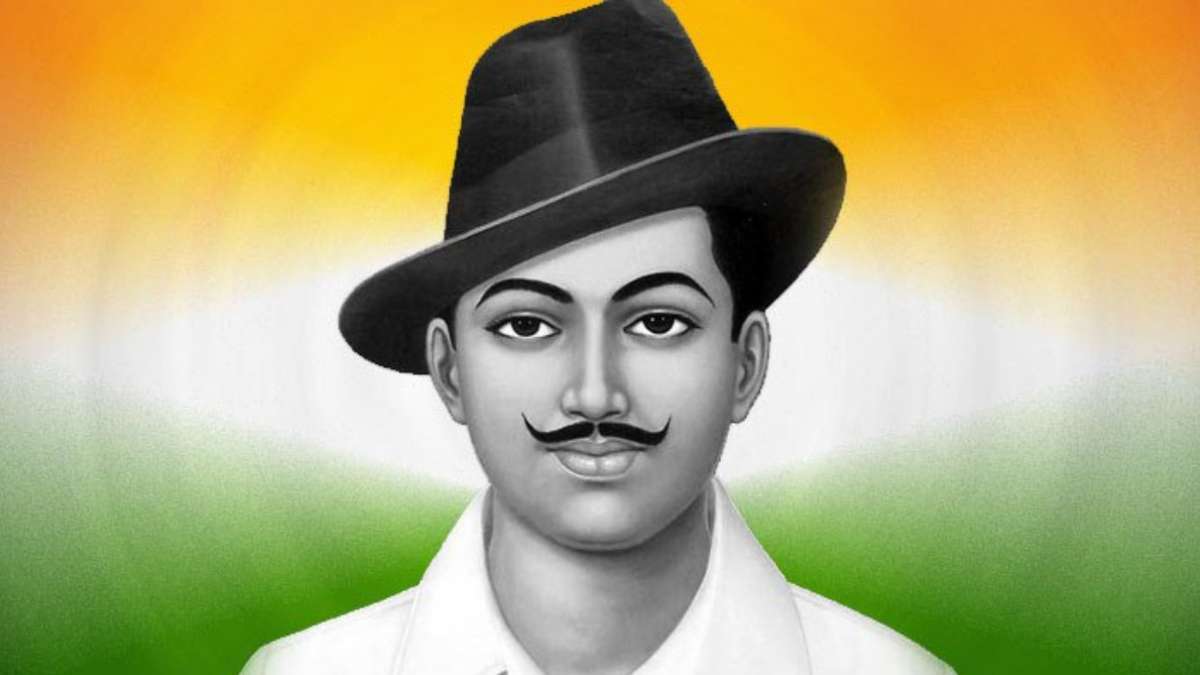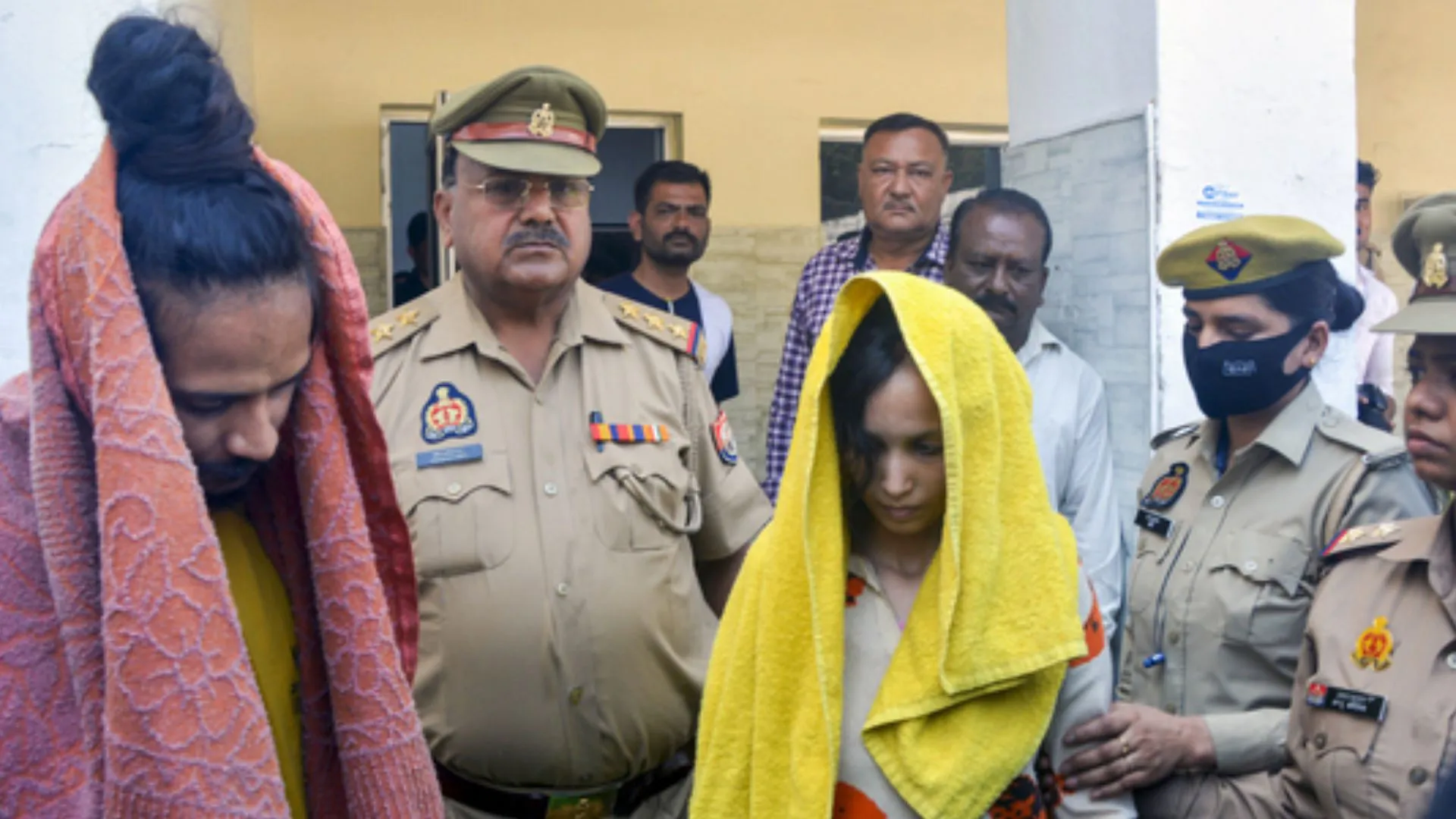On December 13, 2001, a tragic incident unfolded as five terrorists, guided by Pakistan, claimed the lives of at least nine individuals. The victims included six security personnel, two Parliament Security Service personnel, and a gardener in an attack on India’s Parliament, now known as Samvidhan Sadan, the heart of democracy. For a detailed account of the events on December 13 and the aftermath, please refer to this article.
Addressing the Lok Sabha, the then Home Minister Lal Krishna Advani stated, “It is now evident that the terrorist assault on the Parliament House was executed jointly by Pakistan-based and supported terrorist outfits, namely, Lashkar-e-Taiba and Jaish-e-Mohammad
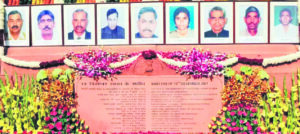

WHAT ALL HAPPENED ON THAT DAY?
Around 11:30 am on December 13, 2001, a security breach unfolded at the Parliament Complex in New Delhi. Heavily armed militants, driving a white ambassador and using fake VIP cards with a red beacon, infiltrated the complex. The breach occurred about 40 minutes after the Parliament adjourned, with Prime Minister Atal Bihari Vajpayee and Opposition Leader Sonia Gandhi having already departed. Most of the 100 MPs, including Home Minister LK Advani, were inside.
The militants’ car collided with the motorcade of then Vice President Krishnan Kant, sparking an unplanned confrontation. A fierce hour-long firefight erupted between the terrorists and security personnel. Eventually, all five terrorists were killed, but the incident also claimed the lives of five Delhi police personnel, including a Parliament security guard and a gardener.
Despite the chaos, all ministers and MPs emerged unharmed, and the incident was broadcast live on television. One militant, laden with ammunition, detonated himself at the main entrance to the Parliament chambers.
The terrorists’ objective was to enter the building and indiscriminately target the crowd of MPs and ministers. Although the death toll was relatively small compared to events like the 26/11 Mumbai terror attack, this incident was significant for targeting the heart of Indian democracy.
The breach exposed inadequate security at the complex, prompting the government to make substantial investments in enhancing security measures. Further investigations linked Afzal Guru, SAR Geelani, Shaukat Hussain, and Navjot Sandhu to the case.
WHO ATTACKED INDIA’S PARLIAMENT?
•The Indian Parliament was attacked by Pakistan-based Jaish-e-Mohammad (JeM) and Lashkar-e-Taiba (LeT) who had trained the five terrorists for the planned attack.
•As per the Delhi Police investigation, the names of the five terrorists were: Hamza, Haider alias Tufail, Rana, Ranvijay and Mohammed.
•Further investigation identified their Indian as associates as Mohammad Afzal Guru, a former JKLF militant who had surrendered in 1994; his cousin Shaukat Husain Guru, Shaukat’s wife Afsan Guru and S A R Geelani, a lecturer of Arabic at Delhi University.
•All four of these associates were arrested and were tried in a court.
•While Afsan Guru was sentenced to undergo rigorous imprisonment for five years and to pay a fine, death sentences were imposed on the other three accused.
•Afzal Guru was hanged on 9 February 2013.
WHAT AFTER THAT ATTACK?
Following the attack, the Delhi Police special cell solved the case within 72 hours. The investigation disclosed that the five suicide squad terrorists were Pakistani nationals affiliated with Lashkar-e-Taiba (LeT) and Jaish-e-Mohammed (JeM).
Legal consequences included the arrests of Mohammad Afzal Guru, Shaukat Husain Guru, Afsan Guru, and SAR Geelani. Afsan was acquitted, Geelani initially received a death sentence but was later acquitted by the Supreme Court in 2005. Afzal Guru was executed in 2013.
The attack’s repercussions extended beyond New Delhi, nearly triggering a war between India and Pakistan. The standoff involved a massive troop mobilization, with over 500,000 Indian Army soldiers deployed at the border. There were fears of a nuclear conflict, leading to global concerns.
India’s response involved recalling the Indian High Commissioner and imposing a ban on civilian flights from Pakistan. The international community, especially then US President George W. Bush, engaged in talks to ease tensions.
In Pakistan, President Pervez Musharraf condemned the attacks as terrorism, likening them to the 9/11 attacks. Under pressure from the US and European nations, Musharraf banned five Jihadi organizations, including Jaish-e-Muhammad and Lashkar-e-Taiba. He acknowledged the need to regulate Madrasas.
On January 12, 2002, Musharraf declared that Pakistan “will not permit any terrorist activity from its soil.” Some viewed ‘Operation Parakram’ as a deterrent, but the 26/11 Mumbai attacks in 2008 underscored the challenges in eradicating terrorism.
REMEMBERING THE BRAVEHEARTS
CRPF constable Kamlesh Kumari was posthumously honoured with the Ashok Chakra by former President K R Narayanan for her courage and bravery against Pakistani-based terrorists. Kamlesh Kumari was stationed at Gate number 1, in close proximity to Gate 11, the main entrance for VVIPs visiting the Parliament.
Upon the vehicle’s unusual high-speed entry, contrary to normal protocol, she could have sought refuge. However, upon noticing the heavily armed passengers, she swiftly alerted other CRPF personnel and security guards using her walkie-talkie. Simultaneously, she ran towards Gate number 11.
The four CRPF personnel—Sukhwinder Singh, Y B Thapa, Santosh Kumar, and Shyambir Singh—who bravely confronted and shot the terrorists were duly recognized with the Shaurya Chakra and promotions in their services. Santosh Kumar, in particular, had joined as a security personnel in the Indian Parliament just six months before the incident and played a crucial role in neutralizing three out of the five attackers.
CRPF INSPECTOR SANTOSH KUMAR SHOT 3 OUT OF 5 TERRORISTS
Santosh Kumar joined the Central Reserve Police Force (CRPF), walking in the footsteps of his father, who also served as a CRPF inspector. Post six months of his joining, the Indian hero, serving as a security personnel in the Indian Parliament, shot down three out of five terrorists who attacked the heart of democracy on December 13, 2001. Santosh Kumar, hailing from Ghazipur, Uttar Pradesh, was 21 years old when he was posted at Parliament House.
There can be many bravery tales to recall from the day but what holds back was the deadly attack by the terrorists, could have been more fatal if it all went according to the plans of the terrorists. December 13 has been inked in history as one of the most harrowing days the nation ever witnessed. As we reflect on the 22nd anniversary of the Parliament attacks, the whole nation salutes and commemorates all the brave soldiers and workers who stood up long against the terrorist attack.
December 13 remains etched in history as one of the nation’s most harrowing days. The entire nation pays tribute and remembers the valour of the brave soldiers and workers who stood resilient against the terrorist attack.

